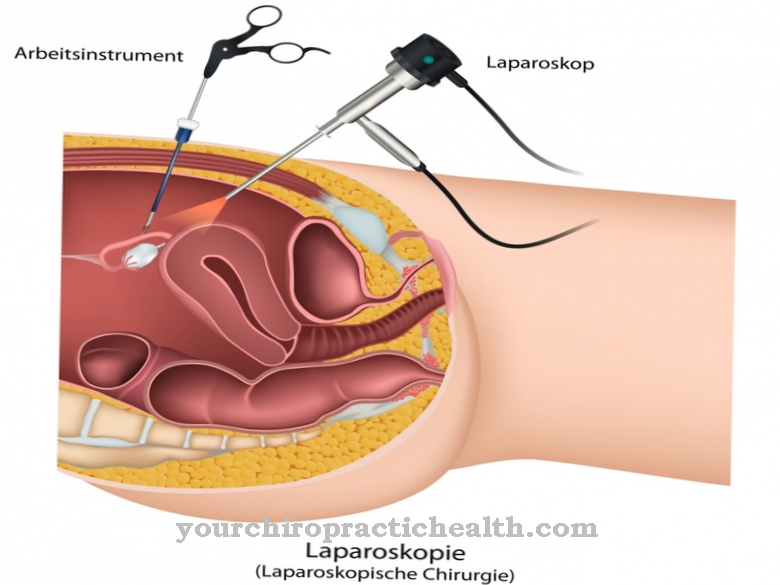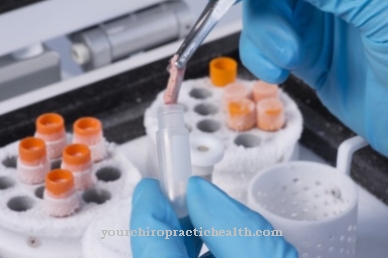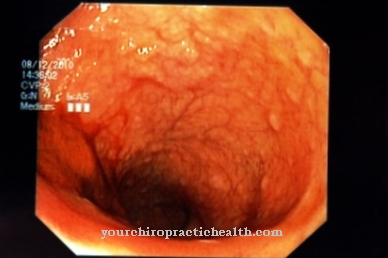In the Gastroscopy or Gastroscopy it is a medical procedure to examine and / or intervene in the area of the upper digestive tract. These include the esophagus, stomach, and duodenum. It was developed in the 19th century by the surgeon Johann Mikulicz-Radecki.
Function & goals of gastroscopy

The goal of one Gastroscopy It is usually the cause of discomfort or pain within the stomach area and the mucous membranes of the adjacent esophagus and duodenum. This is done with a special endoscope, which is inserted through the patient's mouth or optionally also through the nose.
In the past, the doctor looked directly into the patient's stomach through the tube of the endoscope; today, the image recorded by the endoscope is usually displayed on a monitor.
Once the causes of the stomach problems have been clarified, surgery can be carried out directly using the gastroscopy technique. This can be, for example, ulcers, mucosal discomfort, bleeding or narrowing in the esophagus. Foreign bodies and tissue can then be removed or removed by means of the endoscope.
application
Since the Gastroscopy is both time consuming and uncomfortable for the patient, it should not be considered for any type of abdominal pain or nausea. However, it is useful for persistent or recurring pain in the upper abdominal area, for heartburn or diarrhea without a visible background, and for suspected stomach ulcers.
Difficulty swallowing, persistent loss of appetite, vomiting blood and unwanted weight loss are also included. Depending on which medical diagnosis follows, regular check-ups may be necessary. A gastroscopy can be life-saving if sudden bleeding from the anterior digestive tract or the esophagus occurs - for example through varicose veins in the esophagus - and the mirror is caused. If there are complaints in the lower abdominal area and the intestine, however, a colonoscopy must be carried out.
Patients who have a gastroscopy are not allowed to eat anything six hours before the start of the operation, as the food pulp in the stomach makes it largely impossible to detect symptoms of the disease. The patients usually receive medication beforehand - mainly sedatives, since inserting the tube through the mouth into the stomach is perceived as very uncomfortable - and are briefly anesthetized. In addition, there is usually anesthesia in the mouth and throat to reduce the gag reflex.
Side effects & risks

The Gastroscopy is regarded as largely harmless and major complications are exceptional cases. However, patients with poor circulation and blood pressure may react to the medication with circulatory problems. Theoretically, respiratory arrest can also occur, which can be counteracted with the addition of oxygen or ventilation. However, through precise and conscientious monitoring, the occurrence of such respiratory arrests can be prevented more or less completely.
In addition, patients who take food or drinks before the anesthesia has subsided can inhale them into their lungs, causing pneumonia. It can also happen that the treatment with the endoscope can lead to so-called perforations, i.e. small punctures in cavities such as the stomach or the lungs. This type of gastric rupture can cause dangerous inflammation of the abdominal cavity.
Nevertheless, the risk is extremely low and should not be a reason not to have a necessary gastroscopy performed. Long-term complaints after a gastroscopy usually do not occur if one of the above-mentioned cases does not occur.

























.jpg)

.jpg)
